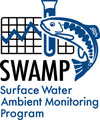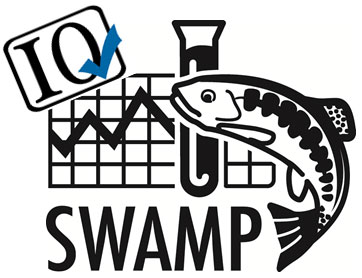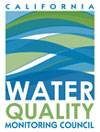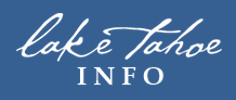Resources and Data Management
Resources and Data Management
Resources for Regional Data Collectors - Uploading Data into CEDEN
- Training: Recording of Webinar Training (Video) (11.30.2017)
- Agenda: CEDEN Data Submittal Training (11.30.2017)
- MPSL Data Management System
The California Environmental Data Exchange Network (CEDEN) provides a central location to store surface water quality data for California waterbodies. Created by the State Board with support from the Surface Water Ambient Monitoring Program (SWAMP), CEDEN helps aggregate multiple data sets, so these data are accessible to environmental managers and the public.
Currently data uploaded into CEDEN for the Lahontan Water Board is comprised of 1) ambient water quality data collected by the regional SWAMP team, (2) monitoring data associated with projects in the Lahontan Region funded through contracts and grants, which require data reporting to CEDEN, (3) data generated by researchers, citizen monitors, and watershed groups, which though not required to upload into CEDEN, otherwise report data so it may be used for water quality assessment and/or made public, and (4) data related to implementation of the Lake Tahoe Total Maximum Daily Load.
To optimize sharing of surface water quality information, data collectors throughout the Lahontan Region are encouraged to store and share data in the CEDEN system.
To produce data that are scientifically valid and defensible, water quality monitoring projects should prepare and implement a Quality Assurance Project Plan (QAPP). Data uploaded to CEDEN must be accompanied by a QAPP in order to be considered during routine water quality assessments conducted by Regional Water Boards. In accordance with The Water Quality Control Policy for Developing California’s Clean Water Act Section 303(d) List (Listing Policy), a QAPP or equivalent, as described in section 6.1.4 of the Listing Policy is required to determine the quality of the data and information being used for assessment.
A QAPP establishes quality assurance and quality control standards and procedures for a given monitoring project and ensures that data are of known and documented quality. A QAPP specifies the QA/QC methods and processes to be used for the field and laboratory portions of the project. Individuals and entities conducting water quality monitoring can utilize the guidance documents and example QAPPs provided below to understand the elements that should be included when preparing a quality assurance project plan.
Resources for Regional Data Collectors – Preparing a Quality Assurance Project Plan (QAPP)
- EPA Guidance for Quality Assurance Project Plans This EPA guidance document describes the necessary QA procedures, QC activities, and other technical activities that should be implemented for a specific monitoring project.
- QAPP Checklist
The State Board’s SWAMP Program has prepared a QAPP Checklist that details a list of the elements which should be included when preparing a QAPP for a water quality monitoring program. - QAPP for SWAMP’s Stream Pollution Trends (SPoT) Monitoring Program
The QAPP prepared for the SPoT program provides an example of an effective QAPP prepared for a long-term monitoring project that investigates pollution trends and their effects on stream biota in California. - QAPP for SWAMP’s Bioassessment Oversight Group (BOG) Long-Term Monitoring of Bass Lakes and Reservoirs in California
The QAPP prepared for the SWAMP’s BOG program provides an example of an effective QAPP prepared for a long-term monitoring project that investigates the accumulation of pollutants including mercury, industrial pollutants (polychlorinated bipyenols), and pesticides in fish. - Quality Assurance Program Plan (QAPrP) - SWAMP, May 2017 (SWAMP QAPrP)
The SWAMP QAPrP establishes the requirements for collecting data as part of the Surface Water Ambient Monitoring Program (SWAMP), and sets the stage for the QA documentation that is required for all statewide monitoring projects under the SWAMP Program.
Standardized procedures have been developed for field and laboratory work associated with water quality monitoring programs. To collect samples that accurately represent the water bodies being monitored and to obtain scientifically defensible results, monitoring programs should follow standard operating procedures (SOPs). An SOP is defined as a written document that details the method of an operation, analysis, or action with techniques and procedures that are thoroughly prescribed for performing certain routine or repetitive tasks (FEM, 2012).The State Board’s SWAMP Program has posted various SOPs that may be implemented by individual and organizations conducting water quality monitoring. Many SOPs are reviewed and updated yearly or as needed.
Resources for Regional Data Collectors – Standard Operating Procedures (SOPs)
The link above will connect you to SWAMP SOPs, which provide guidance for collection and analysis of water samples, bed sediment, benthic macroinvertebrates, bacteria, fish, stream algae, and cyanobacteria.








